Since I originally wrote this article I’ve had more experience of the sunshine state and so I decided to revisit it with updated information and pictures.
What’s the first thing that comes in to your head when someone says Florida? Disney World and theme parks maybe? Well, in the future if someone asks me I’ll say wildlife, wildlife and more wildlife…oh yes, and i.n.c.r.e.d.i.b.l.e. light…!!
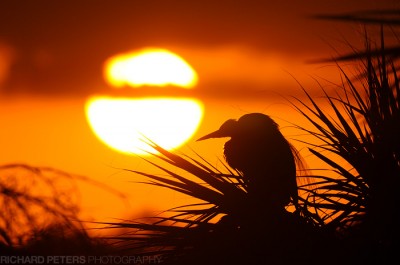
Snowy Egret, D300 with 200-400 + 1.4x
So where is the wildlife? well…everywhere!
For anyone who has never been before, Florida offers so much more than Disney World! I remember someone asking me why on earth I would need anything over 200mm on a trip to Florida, asking what there could possibly be to photograph with longer lenses. Well, as anyone who has been before or who lives there (which, by the way makes me green with envy!) will know – there is wildlife everywhere! You can just be driving down the highway and you’ll see birds such as Ibis, Egrets, Herons and Ospreys both flying around or feeding along the road side. In fact, whilst sitting at a set of traffic lights at the Port Saint Lucie once, a Bald Eagle flew overhead! Certainly makes a change from Pigeons, seagulls…oh and Pigeons, that are the frequent birds to spot in London. And yes, I know I said Pigeons twice but there are so many, saying it once didn’t feel like I had covered them all. The best thing is, even though you see wildlife everywhere I haven’t even mentioned the area’s your SUPPOSED to go to see them yet…
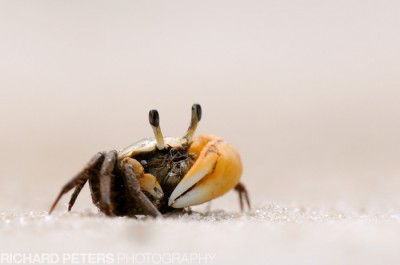
Fiddler Crab, D300 with 200-400 + 1.4x
East or West coast?
Most of the places below are on or nearer the East Coast coast of Florida, however there are just as many (if not more) locations on the West Coast. My friend goes to the West Coast every year for 3 weeks and always comes back with some superb images. The main difference between the two is if your near the East Coast you get sunrise over the sea and if your on the West you get sunset over the sea…so plenty of nice light on the beaches whichever side you are based.
It really is the sunshine state!
Not just because of the amount of sunshine…but the quality of the light it produces. Almost every single morning and evening, as the sun gets lower in the sky, you are graced with lovely warm light that just seems to make your subjects come alive through the viewfinder. Even during the day when the sun is over head it just seems to make everything seem to much more colourful and clear compared to back home in London. It’s obvious to say the almost guaranteed beautiful light quality, on a daily basis, makes for a lot of excellent opportunities.
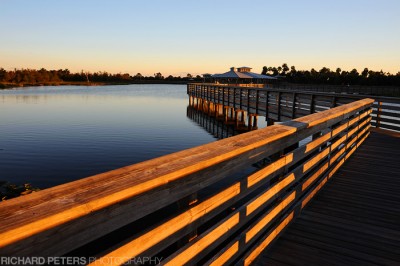
Typical late afternoon sun, Green Cay
National Parks, Wetlands and more!
Enough of all the teasing and build up…where are some good places to visit, that’s what you want to know!! Well, there are so many national parks and wetlands area’s that no matter where you stay you’ll have several close by. Below I have just given a very brief outline of some of the ones I have visited during my various trips to Florida with links to the various websites which will get you started on doing research on what locations you may want to visit.
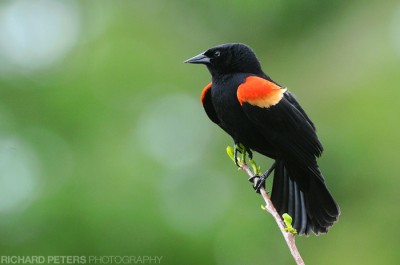
Red Winged Blackbird, D300 with 200-400 + 1.4x
Viera Wetlands – this is the a pretty large area and is located a few miles west of exit 191 on the I-95 near the town of Melbourne. It’s a big place and although you can walk round it, there is a single track road that goes round it so that you can take your car and drive, which is certainly going to make carrying your kit easier and also offer protection from the sun if it’s hot.
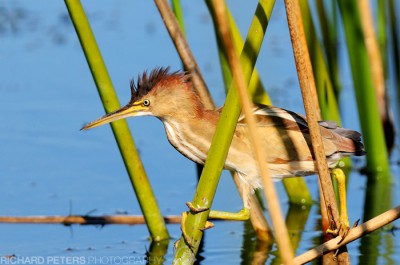
Least Bittern, D300 with 200-400 +1.4x
Green Cay Wetlands– as with Viera there is quite a large area to cover at Green Cay, although this time it’s all on foot and you have several walkways to go around in search of your subjects. I really liked Green Cay, I only spent one afternoon there on this visit but I think it offers a great deal of potential. The only thing I didn’t like about it, was the gaps between the rails are not very big so sticking a large lens through the lower holes isn’t easy and stops you getting lower angles.
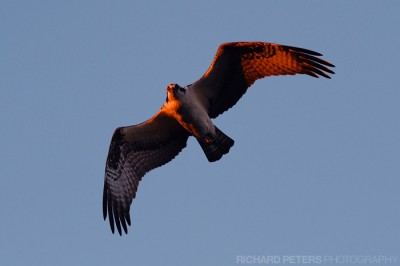
Osprey in golden light, D3 with 200-400
Wakodahatchee Wetlands– Much the same as Green Cay but on a smaller scale, you can walk round the boardwalk in about 15 minutes if you were to walk round without stopping. Never the less because of it’s smaller size you can get closer to your subjects and the gaps in the rails allow for you to get down much lower, I took some shots laying completely on the boardwalk sticking my lens through the bottom rail.
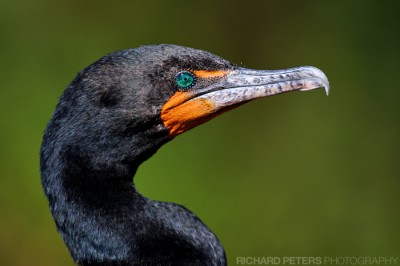
Cormorant, D3, 200-400 VR, 1.4x TC, 550mm, f7.1
Arthur R Marshall, Loxahatchee Wildlife Refuge– This refuge, which is actually part of the Everglades is located in the Boynton Beach area and offers a mixture of areas to explore with your camera. There is a $5 entrance fee for vehicles and $1 fee for coming in on foot. There is a broadwalk for you to explore through the cyprus swamp near the visitor centre, or you can head out to the open areas further up where you will find a observation tower as well as a hide. If you travel further still up to the end of the main road you will find the boat launch area and a small walkway that can be fished from…this is a prime location to get your aligator photos as they hang around if there are fishermen about.
Merritt Island Wildlife Refuge– Visiting Nasa and the Kennedy Space Centre are not the only reasons for paying a visit to Cape Canaveral! The MI is a huge wildlife refuge, you could spend days here and still not do it justice! It covers a massive 140,000 acres, there are area’s to drive, walk, bike ride, go on the water…name it and you can probably do it!
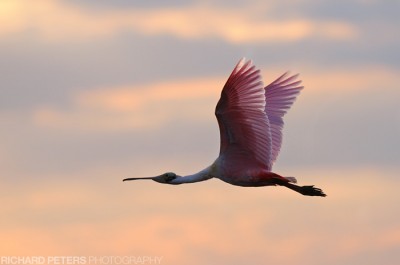
Spoonbill, D300 with 200-400
The Everglades– I have only driven across U.S. 41 (Tamiami Trail East) from Naples on the West coast to Miami on the East coast but although I’ve only touched briefly on the Everglades, I can tell you it is a must visit for wildlife photographers. Tamiami Trail splits Big Cypress National Preserve in half but there are plent of opportunities to stop and turn off along the way. There is one trail to be followed by car if you turn off on to Birdon Road and also another, very picturesque road that can be followed by turning down Loop Road, also off of Tamiami Trail East. From what little I’ve seen it is clear it’s an amazing place for wildlife photography, so a return visit is on the cards in the future.
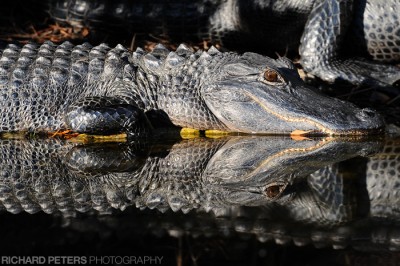
American Alligator in the Everglades
The Great Florida Birding Trail– You’ll never be too far from part of the GFBT. I briefly visited and drove past several sites. More information can be found here.
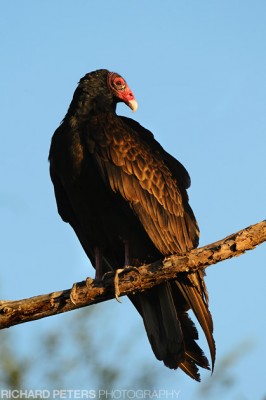
Turkey Vulture, D3 with 200-400 + 1.4x
Orlando Wetlands Park – I visited here in the middle of summer with high hopes. Unfortunately at that time there was little activity of any kind other than a Red Shouldered Hawk, a couple of Heron and some Egrets off in the distance there was very little to be seen. I can see great potential for the place though and think if visited at the right time of year it could be full of opportunities. Be warned though, the park is closed from November 15th to January 31st and you have to make your way round the two trails (one 2.5 miles and the other 4 miles) on foot, so take plenty of water with you!
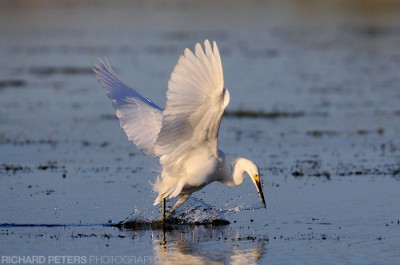
Alligator, D3 with 200-400 + 1.4x
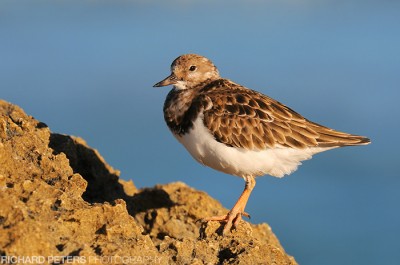
Ruddy Turnstone, D300 with 200-400 + 1.4x
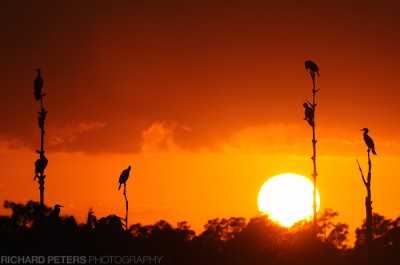
Cormorants, D3 with 200-400 + 1.4x
So what are you waiting for…?
If you’ve never been and are in to your wildlife photography (especially birds) you really can’t beat a trip to the sunshine state. There are plenty of subjects, plenty of light and even if you go in winter the chances are you’ll want to walk around with a t-shirt and shorts most of the time (although in the evening a pair of jeans and a light jacket might come in handy) so it’s also a great place to go if you want to get away from colder climates. Go in the summer and it is H.O.T. and you may have a hurricane try to spoil your fun (Ike did it’s best to ruin my first visit) and the bugs will be out in full force at some of the wetlands and outdoor area’s. And don’t forget, as with any country, there will be different amounts of activity at different times of the year. My first ever visit to Wakodahatchee was in Sept and there was hardly any sign of life…over the months though it built up and up until finally come March there was a constant chatter of birds, nest building and young to be fed as spring was in full swing. So, do you research and find out what your intended places to visit will be like when your there and you won’t come away disappointed!
A few more images
Last few images, I shot a LOT out there so can’t show you them all but this article contains a good cross section to give you an idea. One of my favourite shots was actually the one below of the Osprey and the Belted Kingfisher. I was sat watching this Osprey for about 10 minutes hoping he would swoop out of the old dead tree and catch a fish. After a few minutes I noticed something drop in to the water…it was this Kingfisher who had been sitting on another branch of the tree the whole time! He flew back up to the tree and landed on the branch below the Osprey, perfect! On the large size you can see a lovely golden outline on the right of both birds where they are still in the red glow of the sun. I thought it was funny how the two hunters sat facing away from each other whilst trying to catch the last meal of the day from the same patch of water directly below the tree.
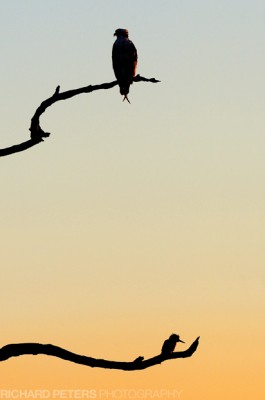
Osprey and Belted Kingfisher, D300/200-400
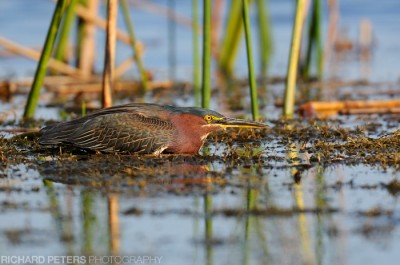
Little Green Heron, D300 with 200-400 + 1.4x
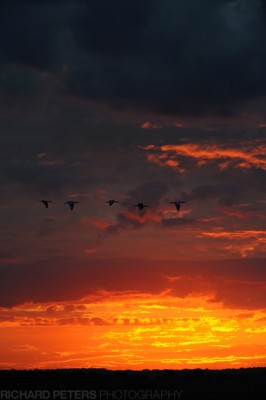
Ibis at Sunset, D3 with 200-400
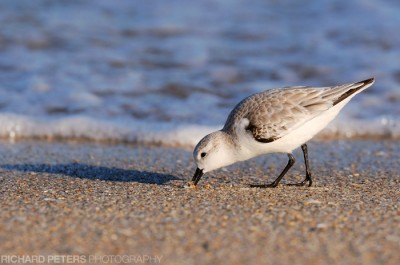
Sanderlin, D300 with 200-400 + 1.4x
Not enough?
No problem, there is another blog entry from another visit to Florida here.
Still not enough?
Still no problem, check out this video I made on another trip when I was in search of Florida’s Burrowing Owls.








